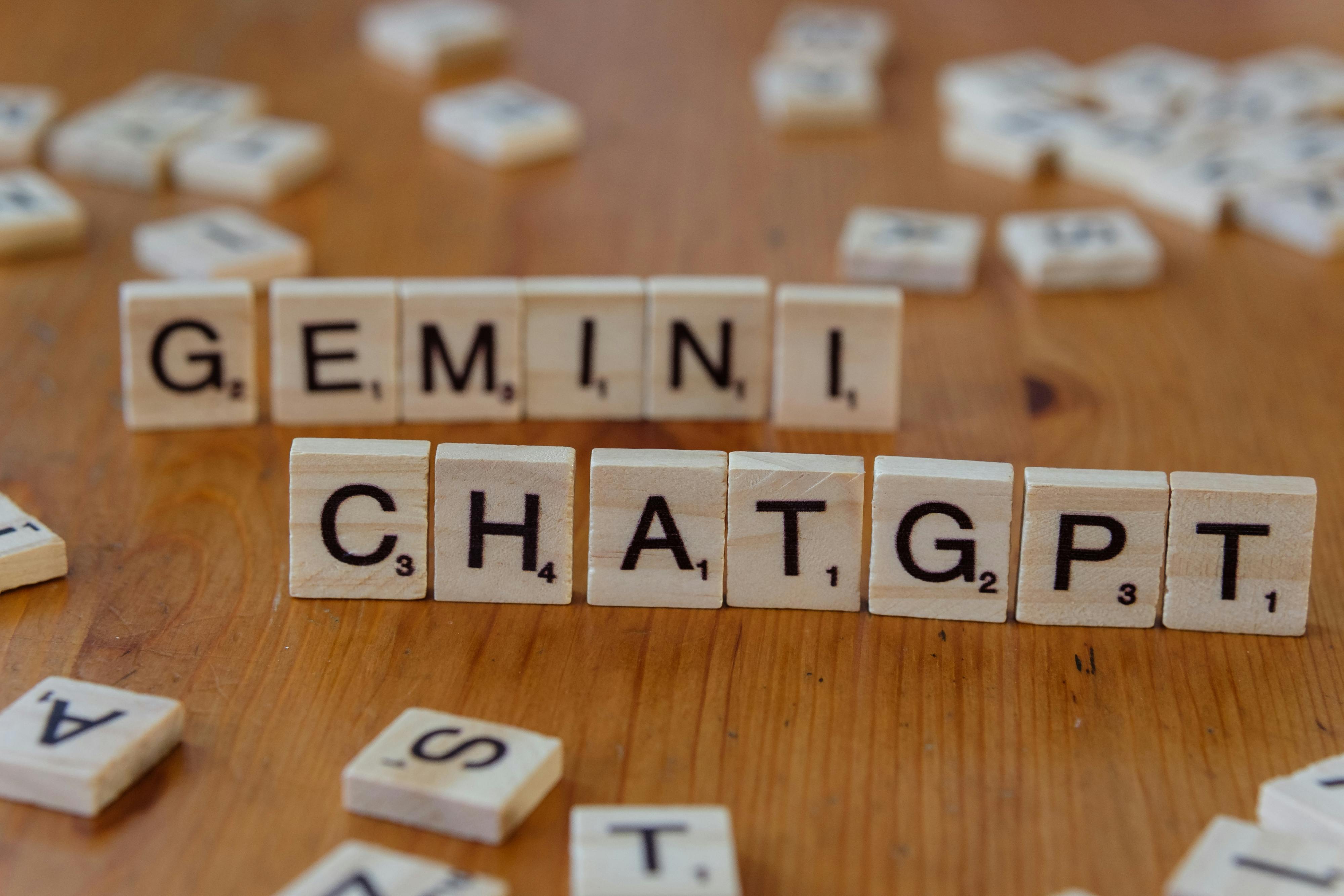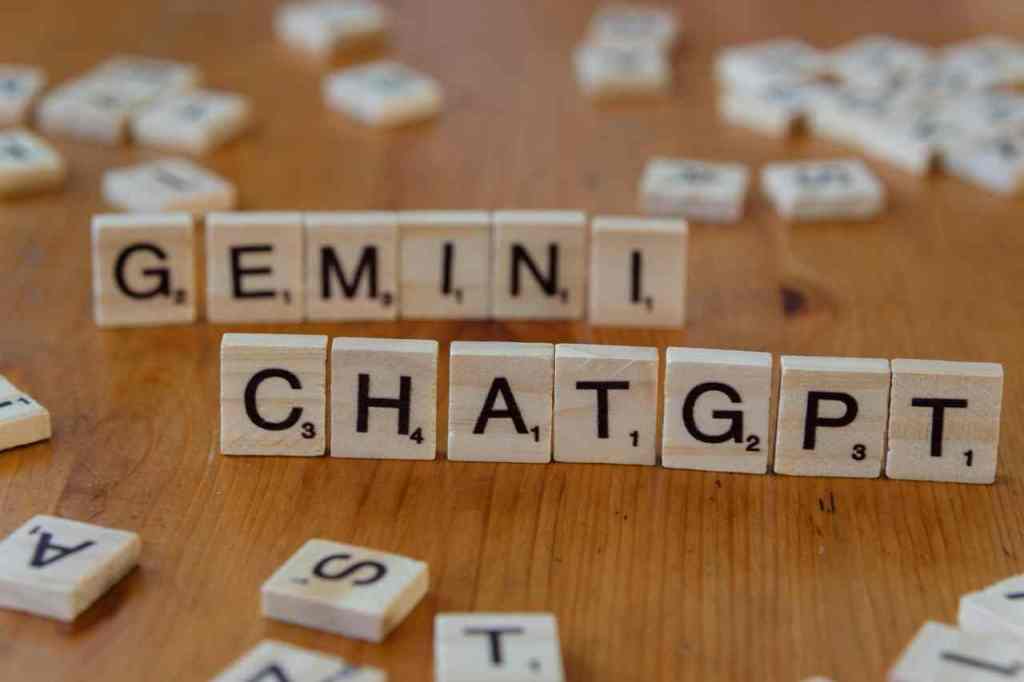
The Global AI Landscape: Demographics and Geopolitical Competition
The adoption patterns of these leading AI systems are a mirror reflecting broader global technology consumption trends, with key demographic segments showing a higher propensity to adopt and integrate these tools rapidly. The competition is also increasingly taking on geopolitical dimensions, as major technology powers seek to secure dominance within their spheres of influence and through control of critical digital pathways.
Shared Core Demographics and Geographic Footprints. Find out more about Google Gemini ecosystem integration strategy.
Despite their different strategies, the core audience for both major chatbots shows significant overlap, suggesting a common profile for the early and heavy adopter of generative AI technology. Across both platforms, the most heavily represented demographic segment is consistently the cohort aged between **twenty-five and thirty-four years old**, comprising roughly **thirty percent** of the collective user base. Geographically, the United States serves as the largest single source of traffic for both services, closely followed by the South Asian market, particularly **India**, which is a crucial battleground for both user acquisition and developer ecosystem growth. Gemini has notably boosted its adoption in India through extensive localization, supporting 12 regional languages. The slight differences in market share percentages across these regions reflect the localized marketing and distribution strength each company can muster.
The Emerging Turf Wars and Ecosystem Control. Find out more about Google Gemini ecosystem integration strategy guide.
The competition is now extending beyond the chatbot interface itself into the messaging and communication layers of the digital world, illustrating a clear effort by platform owners to control the pathways through which AI assistants can be accessed. A significant, recent development highlights this trend: a major messaging platform owned by a leading social media entity has revised its business application programming interface (API) terms to explicitly prohibit the distribution of general-purpose AI assistants from rivals like ChatGPT, effectively reserving that digital real estate for its own proprietary AI offering. This move signals that the future of AI engagement may be increasingly siloed within the walled gardens of the largest technology ecosystems. It forces challengers like OpenAI to rely more heavily on direct web traffic and independent mobile applications, a dependency Google’s structure inherently mitigates. For those tracking platform risks, reviewing the latest on API Access Risks and Mitigation is essential.
Evolving Trajectories and Concluding Thoughts on the AI Race
The narrative of “catching up fast” for Gemini is validated by the data for October 2025, yet the qualitative difference in user engagement suggests that the race is far from over; it has merely transitioned from a sprint to a marathon defined by technological sustainability and ecosystem control. While ChatGPT maintains its lead in terms of session depth and raw web traffic dominance, Gemini has established an undeniable parallel track of massive scale through its ambient intelligence strategy.
The Question of Sustained Habit Formation. Find out more about Google Gemini ecosystem integration strategy tips.
The critical determinant for long-term dominance will be the ability of both platforms to convert casual monthly interactions into necessary daily routines—a metric where the incumbent still holds a distinct advantage in DAU/MAU ratio. For Gemini to fully eclipse its rival, it must succeed in driving its hundreds of millions of MAUs to return with the same frequency as the most loyal ChatGPT users, likely requiring continued breakthroughs in core model utility that surpass current offerings. Conversely, ChatGPT must address the plateauing of its own mobile growth by innovating features that force users to return deliberately rather than rely on passive, integrated AI enhancements from its competitors. The trend of deceleration in new user growth for the incumbent suggests the market is maturing, and future gains will be harder-won, likely through feature differentiation or ecosystem penetration.
Actionable Takeaways for Staying Ahead. Find out more about Google Gemini ecosystem integration strategy strategies.
Here are the key insights to carry forward as we watch this rivalry heat up:
- For Users: Don’t treat AI as a single tool. Use Gemini for **ambient, on-the-go information synthesis** within Google Search and Workspace, and leverage ChatGPT for **deep, concentrated, creative, or coding sessions** where high-frequency interaction is key.. Find out more about Google Gemini ecosystem integration strategy overview.
- For Developers: Pay close attention to the context window competition. Gemini 2.5 Pro’s massive *theoretical* window is a boon for document processing, but be wary of the **“needle-in-a-haystack”** quality degradation past certain token counts. Test rigorously.
- For Businesses: Understand the traffic impact of **AI Overviews**—they reduce clicks to traditional links by a significant margin. Your SEO strategy must now optimize for *being the source* within the AI answer, not just for the number one blue link.. Find out more about ChatGPT vs Gemini daily active user comparison definition guide.
The Broader Implications of AI Disruption and Labor Market Transformation
The rapid sophistication of these tools, as evidenced by the technological advances in context handling and multimodality demonstrated by both firms, carries significant macroeconomic weight, particularly concerning the labor market. The increasing proficiency of these agents in handling complex tasks—from sophisticated customer service interactions to preliminary data analysis—suggests that the nature of many routine white-collar jobs is undergoing a fundamental and rapid transformation. While optimistic viewpoints suggest that technology creates new, higher-value roles, the immediate impact is a scramble for adaptation, with start-ups already demonstrating the capacity to automate a significant percentage of traditional service roles. The success of these AI platforms is thus inextricably linked to global economic policy and workforce reskilling efforts, marking this technology race as not just a commercial rivalry, but a pivotal moment for societal structure and employment dynamics worldwide. The developments witnessed in twenty twenty-five confirm that the integration of advanced generative AI into daily life is not a theoretical future state, but a present reality demanding continuous vigilance and adaptation from all sectors of the global economy. For more on the economic shifts, read about the Generative AI Economic Impact.
What is your daily AI usage pattern? Are you a high-frequency ChatGPT user, or have you found Gemini’s ambient intelligence more useful in your workflow? Drop a comment below and let us know which platform is winning your daily screen time!
